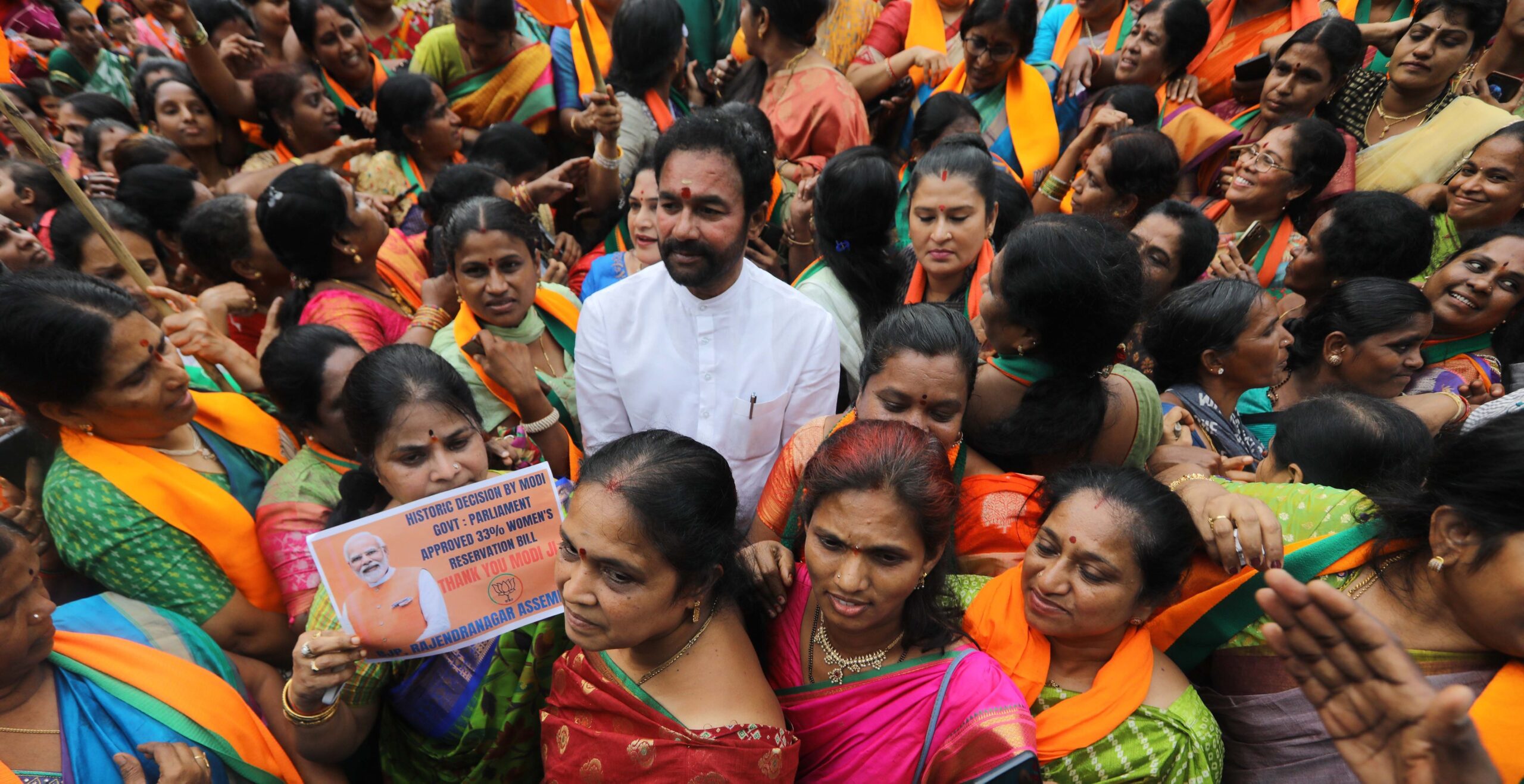
Introduction:
India is poised on the cusp of accelerated growth, with women representing a significant untapped economic force. This statistical article assesses the initiatives and advancements related to gender empowerment in the country, emphasising the profound impact of these measures on the multifaceted aspects of women’s existence.
1. Economic Dynamics:
– As one of the rapidly growing economies, India’s progress hinges on the simultaneous empowerment of both genders.
– Women’s economic empowerment is a pivotal factor in promoting overall well-being, nurturing decision-making capabilities, and bolstering economic participation.
2. Strengthening Female Economic Involvement:
– Elevating the participation of women in the labour force directly enhances economic stability and progression.
– Cultivating opportunities for women results in higher academic involvement for girls, catalysing development in burgeoning economies.
3. Counteracting Violence and Detrimental Traditions:
– Addressing violence against women is paramount in the quest for gender equality.
– Practices such as child marriage adversely influence health metrics, impacting young women’s well-being and academic opportunities.
– Crafting a secure milieu is imperative to amplify women’s economic involvement.
4. Legislative Infrastructure and State Initiatives:
– Rooted in its constitution, India upholds the ideals of gender equality, even promoting positive bias towards women when needed.
– Multiple laws exist to shield women’s rights, rectify prejudices, and facilitate auxiliary services, with notable amendments advocating female representation in grassroots political establishments.
5. Harnessing Education for Empowerment:
– The transformative role of education in women’s empowerment cannot be overstated.
– Initiatives like the National Education Policy and Samagra Shiksha are tailored to diminish gender disparities, concentrating particularly on the underserved sectors.
6. Augmenting Skills and Career Opportunities:
– Vocational training and skill augmentation programs bolster female employability.
– Strategies such as
Pradhan Mantri Mudra Yojana and Stand Up India bolster women in
their entrepreneurial endeavours.
7. Advocating Safe Professional Ambits:
– Contemporary labour guidelines prioritise the creation of a supportive professional environment for women.
– Schemes like the MGNREGA set aside a significant proportion of roles for women.
8. Championing Female Business Leaders:
– The ‘Startup India’ initiative emphasises women entrepreneurship, paving the way with conducive policies and collaborative networks.
9. ‘Mission Shakti’: A Holistic Approach:
– Encompassing various sub-programs, ‘Mission Shakti’ zooms in on women’s safety, redressal mechanisms, and economic upliftment.
10. State-Sanctioned Safety Measures:
– Instruments like the Nirbhaya Fund and national offender databases spotlight the government’s commitment to women’s safety.
11. Infrastructure and Rural Progress:
– Initiatives like the PMAY-G and PMGSY strengthen women’s economic steadiness and accessibility to vital amenities.
12. Embracing the SAGY Paradigm:
– The SAGY framework accentuates women-centric development, urging their active involvement in community development undertakings.
13. Health and Motherhood Initiatives:
– Schemes like JSY and PMUY prioritise women’s health, promoting safe childbirth practices and cleaner energy solutions.
14. Gender-Centric Fiscal Planning:
– Gender Budgeting, embedded in the annual financial blueprints, stands testament to India’s resolve towards gender parity.
15. Epilogue:
– India’s approach to fostering gender empowerment is multifarious, embracing legislative, educational, and safety-centred measures.
– Continuous analysis of data underscores the nation’s advancements, underlining the imperative to persevere towards comprehensive gender equality.















